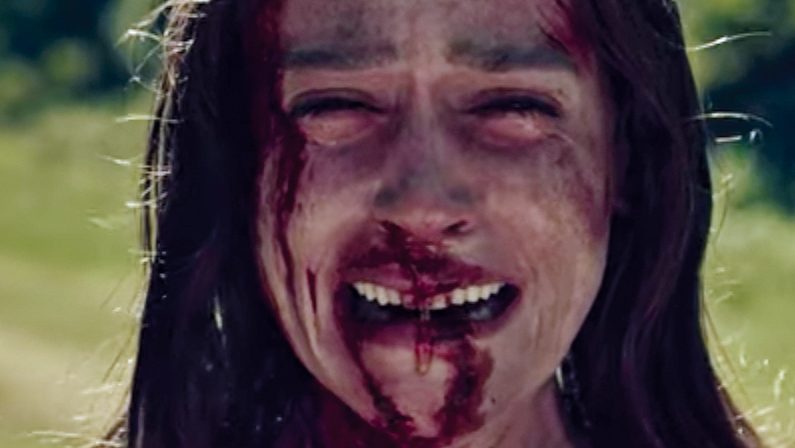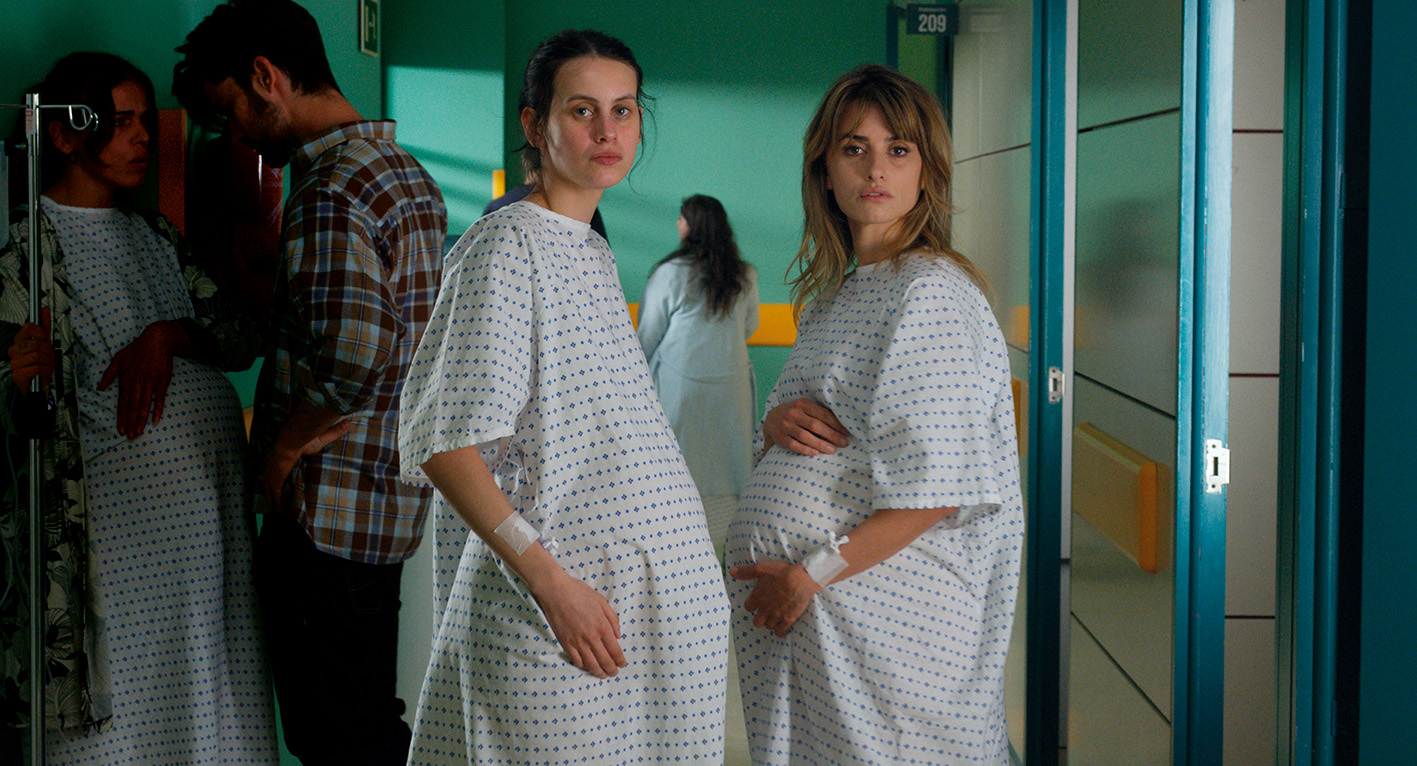Satan is very hot right now.
The old fella has been knocking about in some form of his present incarnation pretty consistently for about a thousand years, to be fair to him, but he has his peak moments. In living memory, there was the so-called Satanic Panic of the 1980s, when hysteria over the occult surged and led to far-fetched accusations of normalised satanic worship within nursery school and satanist-led abuse of children on a mass scale (ruining the lives of many falsely accused, and casting doubt on genuine “ordinary” child abuse which actually is much more common than we typically are able to accept).
The fervour of that particular wave faded in the ’90s, particularly when key defendants were exonerated, but it didn’t take long for satanism to become a prominent cultural touchstone once more.
Q-Anon conspiracy theorists propose that the rulers of the world gather their
power by murdering children in satanic circles, the pop star Lil Nas X has outraged many Christians with his music video portraying himself giving Satan a pretty impressive lap dance, and the crowd rush tragedy at the Astroworld festival, which killed 10 people, was said to be a demonstration of satanism at work.
Of course nowhere is more happy to indulge in a spot of satanic imagery than the idea-depleted genre of contemporary horror films. Sick of the slash-by-numbers torture porn that dominated in the 2000s, when audiences were treated to long, unyielding shots of disembowelment and drilling, some of the most well-respected and successful horror films of the past 10 years have returned to satanism instead.
The Witch and Ari Aster’s Hereditary, two of the most critically acclaimed horrors, are heavily reliant on satanic tropes and imagery, and Aster’s follow-up, Midsommar, wades in related waters with its exploration of cults and sacrificiality.
All of these films were tonally exceptional and strikingly different from usual horror fare despite treading age-old territory, but it would not be unfair to suggest that a canny writer of horror struggling to come up with an original concept might fall back on the old familiars – disturbing masks, nature turned sinister, blood sacrifice.
This is true of A Classic Horror Story, which wears its rehashing of tropes proudly on its sleeve. But then so many horrors do; enjoying a little smirk as
they dress up old routines for their latest outing – this time with added irony. Is there any genre so content with returning to its own fading remnants and repurposing them, so unable to stop sniffing around itself with helpless interest like a dog going back to its own vomit?
I find it wearying at times, this meta-on-meta layering, but only when it feels snide or lazy. A Classic Horror Story, an Italian film released on Netflix in July to little fanfare, is in fact both sincere and energetic, which is what saves it from becoming part of the dross pile, and why I think it deserves a wider audience.
It begins with Elisa (Matilda Lutz) in a road stop cafe being lightly pressured
into seeking a termination of her early pregnancy by her mother. As they arrange for her arrival in Calabria, she gazes worriedly at a framed painting of a saint hanging on the wall.
But soon her ride-share arrives and the journey is already underway, no matter what her reservations. In the RV are an assortment of strangers catching a lift with Fabrizio (Francesco Russo), the owner of the van and a travel blogger and aspiring filmmaker.
Fabrizio is an amiable sort of grown-up schoolyard victim, still stung by his low status and determined to make something of himself to show how wrong his bullies were.
The other passengers are Riccardo (Peppino Mazzotta), a doctor in the midst of a family crisis, and Sofia (Yuliia Sobol) and Mark (Will Merrick), a dopey young couple in love and prone to partying.
After a drunk Mark takes over driving and swerves off the road to avoid the corpse of a goat, the gang mysteriously come to in a field, far from the road, with no idea how they arrived there. Nearby is a sinister wooden home, with photos of farmhands dressed in mysterious clothing and masks.
Soon even more sinister signs appear – pig heads erected outside the window, tears running down their faces. A young girl, Chiara, is found cocooned in a nest of hay with her tongue mutilated. Fabrizio, a native of the
area, explains the local lore of Ostro, Mastosso and Carcagnosso, the leaders
of a local people who secure their agricultural abundance and well-being by ritually killing strangers.
Then the badly injured Mark, confined to the RV, is brought inside the house by three terrifying figures in cloaks and grotesque masks and tortured as the others watch in horrified silence from their hiding place in the rafters. Elisa must comprehend the realities of the cult, what exactly it has to do with the local mafia, and how to find an escape for herself and Chiara.
If you like the sound of all this and may want to watch it, now is the time to stop reading to avoid the pivotal spoiler. But perhaps it would have come as no surprise to you, as it did not to me, that there is a meta removal from this classic cult story, involving direction and artifice.
The arch title gives it away, as does Fabrizio’s cinematic aspirations.
In Scream, the horror movie aficionado was falsely thought to be behind the town’s murders, but here, he is the logical and correct suspect. Fabrizio has been masterminding what he believes to be the perfect horror story, but what the appalled Elisa identifies as nothing more than a derivative snuff movie. Chiara, the child she was trying to protect, is but a bored actor scrolling on her phone as the unlucky, unwilling participants get slaughtered.
Much here is openly sourced from Midsommar and other, older films, but despite this it has a genuine personality and momentum of its own which doesn’t feel totally submerged by the weight of all its precedents; a rare treat, unfortunately, when it comes to horror just now.




